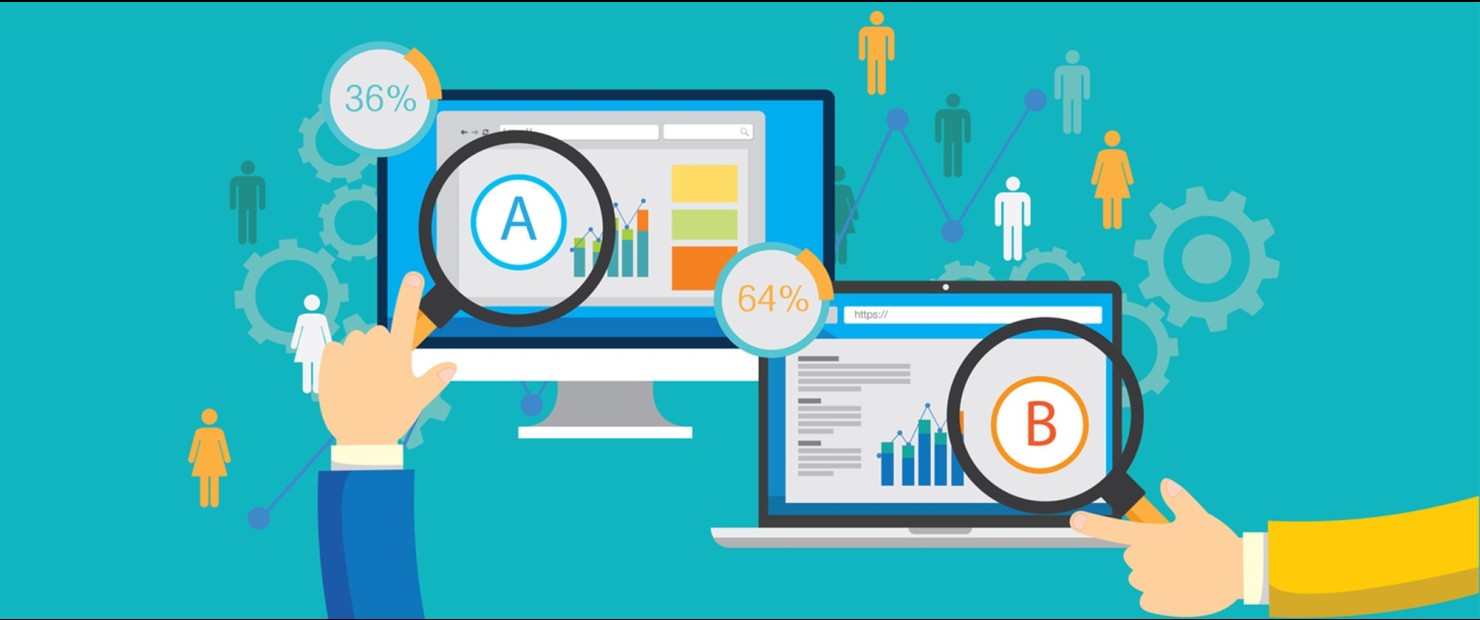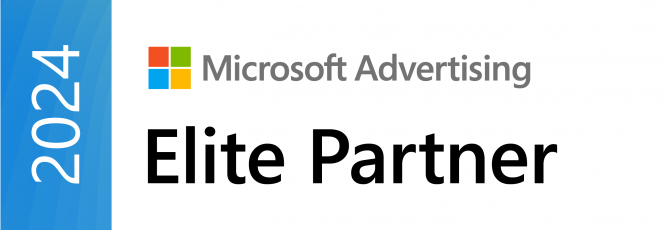
With PPC renowned to be one of the most effective methods of driving website traffic and increasing conversions, we take a look at testing methods to ensure your PPC campaigns are effectively optimised for the target audience.
As one of the most efficient ways to drive traffic and increase conversions, we all know that PPC advertising can be the ultimate tool for businesses looking to increase their revenue. However, if not performed correctly, PPC can be a drain on vital business resources, proving to be a costly mistake.
To fully understand your PPC campaigns on a granular level, you need to put them through rigorous testing to ensure they’re performing to achieve the ultimate results.
Conducting PPC A/B testing is the natural solution here, and it can provide you with much-needed insights into your campaigns to allow you to make lucrative optimisations.
Here, we’ll go into detail about the importance of A/B testing for PPC managers and provide you with further information on how you can A/B test your Google ads.
A/B testing involves performing a test with two (or sometimes more) differing variables to determine which one produces a more desirable outcome.
These variables can include ad copy, page elements and landing pages, and are shown to users at random. Then, statistical analysis is applied to see which variant should be used going forwards.
Before delving into how you can improve your PPC performance with A/B testing, it’s worthwhile to remind yourself of the importance of this activity and why you should factor in time to perform this kind of testing.
While you may of course be aware of the basic benefits of A/B testing such as increased conversion rates, increased sales, and improved content engagement, PPC A/B testing can do more than just provide you with insights on how changes can impact conversions. In fact, it can be used to reveal much more information about the overall performance of your PPC campaigns and to outline the steps you should be taking for the future.
With the digital landscape and consumer behaviour rapidly changing, A/B testing can ensure you’re keeping up with the latest developments and stop you from trailing behind the competition.
Additionally, it can help you to identify any risks. For example, revisions to your website may unknowingly cause considerable damage to your PPC campaigns, and so A/B testing can be utilised to help you understand visitor and customer behaviours on your site before making any drastic changes.
While testing comes with undeniable benefits, there are some pitfalls to be aware of, and businesses should seek to factor these into their own tests.
For example, it’s not uncommon to see businesses produce an invalid hypothesis. For example, say you are struggling with your ad copy receiving a low number of clicks based on its impressions. You may conclude that this is because of your bidding prices, and you may increase your bid spend as a result.
However, this may be a waste, as the issue here could very well come from the relevancy between your target audience and your bidding keywords.
You must also ensure that you don’t change any settings during the testing period. Even the smallest tweak to your settings can completely undermine the credibility of the test, as it requires consistent data for accurate results.
Finally, you should refrain from split testing multiple variations. While many PPC managers may think this can save time, when too many items are split tested within a single test, problems can arise, such as misunderstanding which change was responsible for the results.
The key takeaway here is to remember to be patient, run the test for an appropriate length of time, and identify your KPIs before beginning the test.
If you’re looking to thrive on the highly competitive search engine, A/B testing can provide you with a new advantage, allowing your business to stand out from the increasing noise that is generated online.
Below, we’ve outlined the necessary steps for successful A/B testing on Google.
The first step to a successful A/B test is to know what will determine its success. By defining your success metrics, you can then develop your test hypothesis and separate the winning and losing variables.
Here are some metrics you can use:
The metrics you choose depend on what you wish to find out from your test. Whilst there is no wrong metric, rather, there are the right metrics for the goal in mind – if you want to learn why people are clicking on your ads, then CTR would be the right metric.
Your hypothesis should be a clear prediction of the outcome of your test. To create the perfect hypothesis, you should choose one variable, then define the specific factor you will be testing, and what result you expect to see. Variables you can test include:
From here, your PPC A/B test hypothesis may look a little something like this:
Changing the headline to feature our latest discounts will lift the CTR by 10%.
Now, you should come up with as many test ideas as you possibly can. It’s fine to come up with more ideas than you could test, as you’ll later go on to make a priority order.
We recommend taking at least 30 minutes to brainstorm your ideas, considering all the things you could test for each individual hypothesis.
Once your list of ideas has been created, you should then prioritise them in order to make the most of your budget, leaving yourself with only a list of tests that have a high likelihood of improving your performance.
You can prioritise these ideas by questioning the impact of the test, and what this will be if it works, as well as the ease of implementation.
It’s also important to know the sample size for each metric, and so you should determine the amount of traffic, or conversions, an ad group should receive.
Once your ad has received the set amount of traffic or conversions you determined earlier, you would then stop the test and analyse the results.
The metrics you decide will depend on your existing numbers. For example, if your ad group receives 500 visits a day, five to 10 times that amount is the perfect sample size. Essentially, you need to have enough traffic to stop one single visitor from impacting the overall results.
The reminder here is to be patient and wait until you have received the amount of pre-set traffic before you begin analysing your results.
Now you have completed the above steps, you’re ready to run your tests. We recommend waiting for at least a week before you pause any ads or tests, as consumers behave differently depending on the day of the week.
Only stop your tests once they have reached the minimum sample size.
Once your test has ended, you need to analyse your results in depth. Compare your results against current metrics and benchmarks to see how they compare with each other.
When analysing your results, it’s important to consider the time it took to get the test results. For example, if you ran a test that was focused on reducing your CPA for two weeks, you should only compare it with the performance of your CPA for the previous two weeks before the test.
By integrating PPC A/B testing into your campaign, you can help to maximise profits with fewer losses. You can also begin to capitalise on strongly performing factors, making substantial changes to your campaigns to increase both your CTR and conversion rate, which, of course, are both crucial for boosting your ROI.
For help and advice on A/B testing and PPC management, please feel free to get in touch with the team at Diginius. Our team of highly skilled PPC experts can help to conduct tangible PPC A/B testing while assisting with the implementation of optimisations.







© 2024 Diginius Ltd. All rights reserved.

Chester Yang is the Microsoft Program Manager at Diginius with a background in economics and quantitative research.
At Diginius, Chester focuses on nurturing partnerships with PPC agencies and integrating marketing and sales solutions.